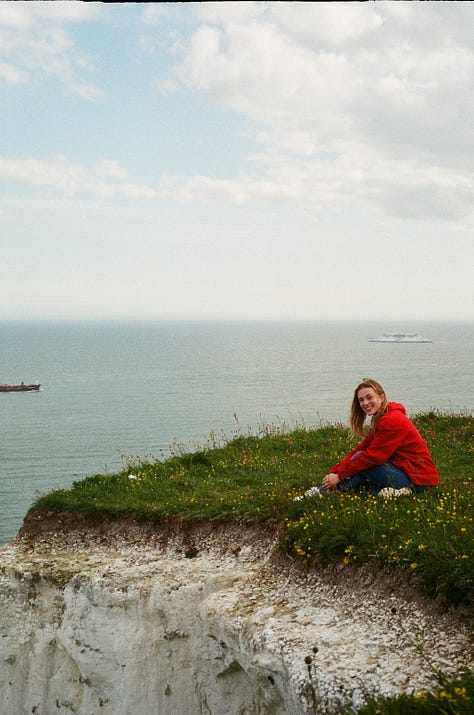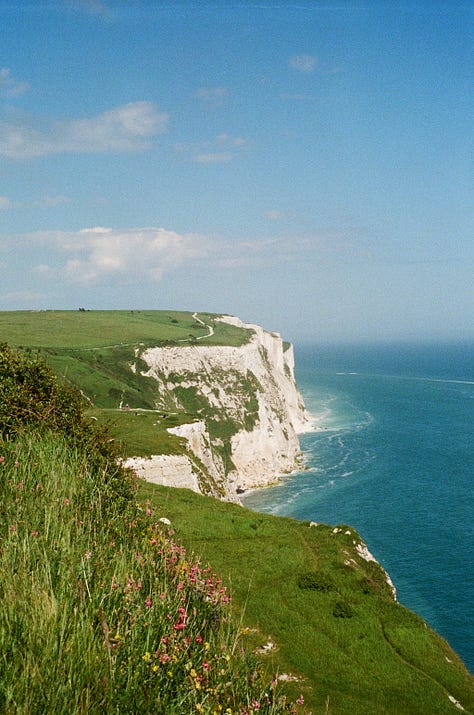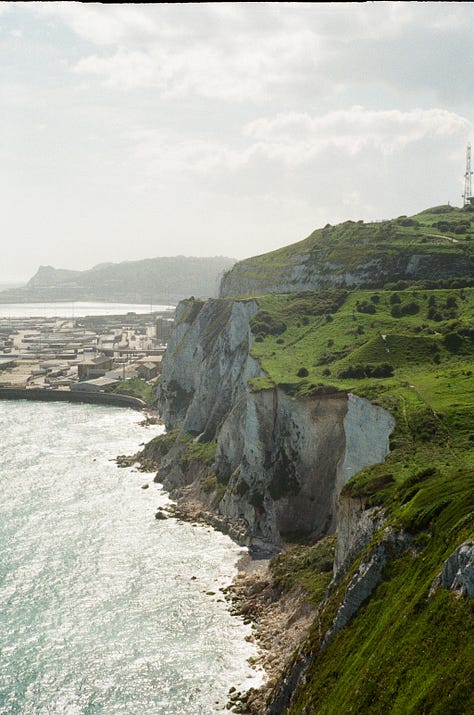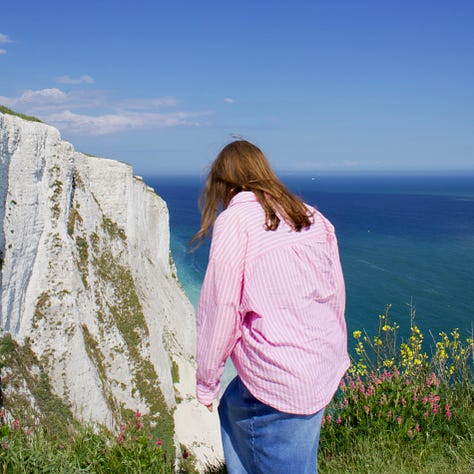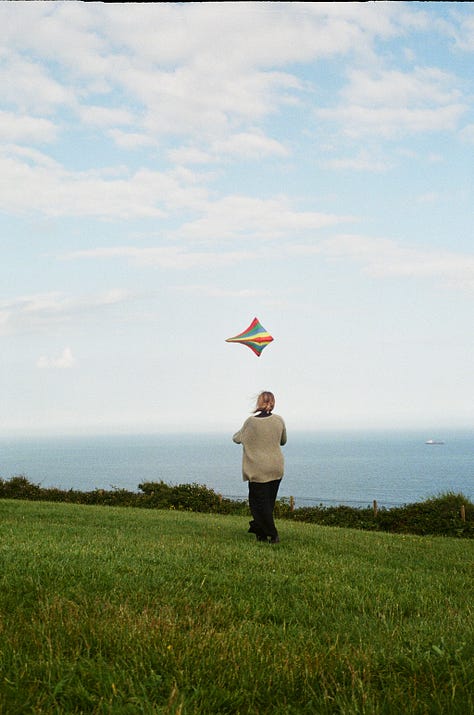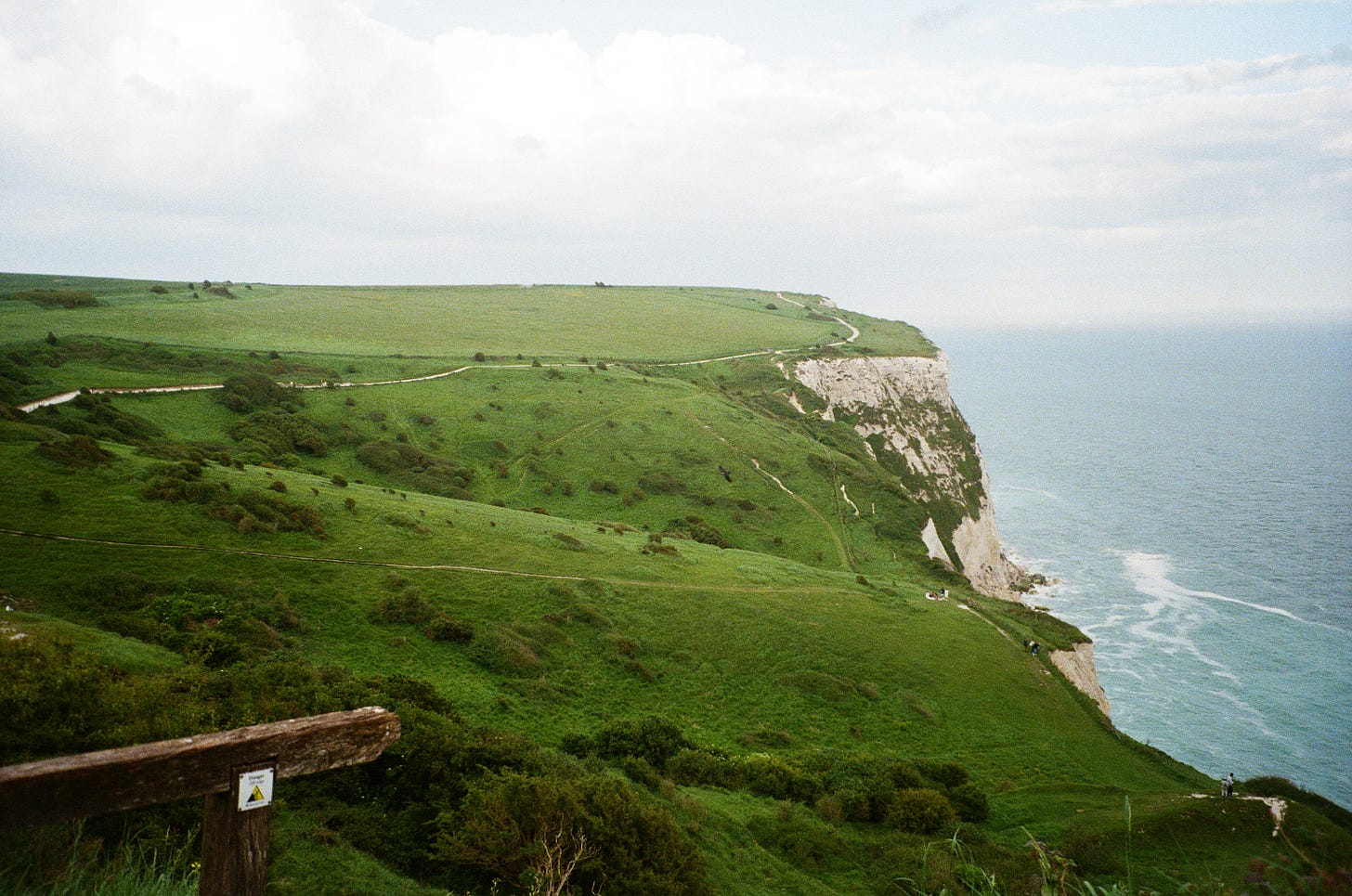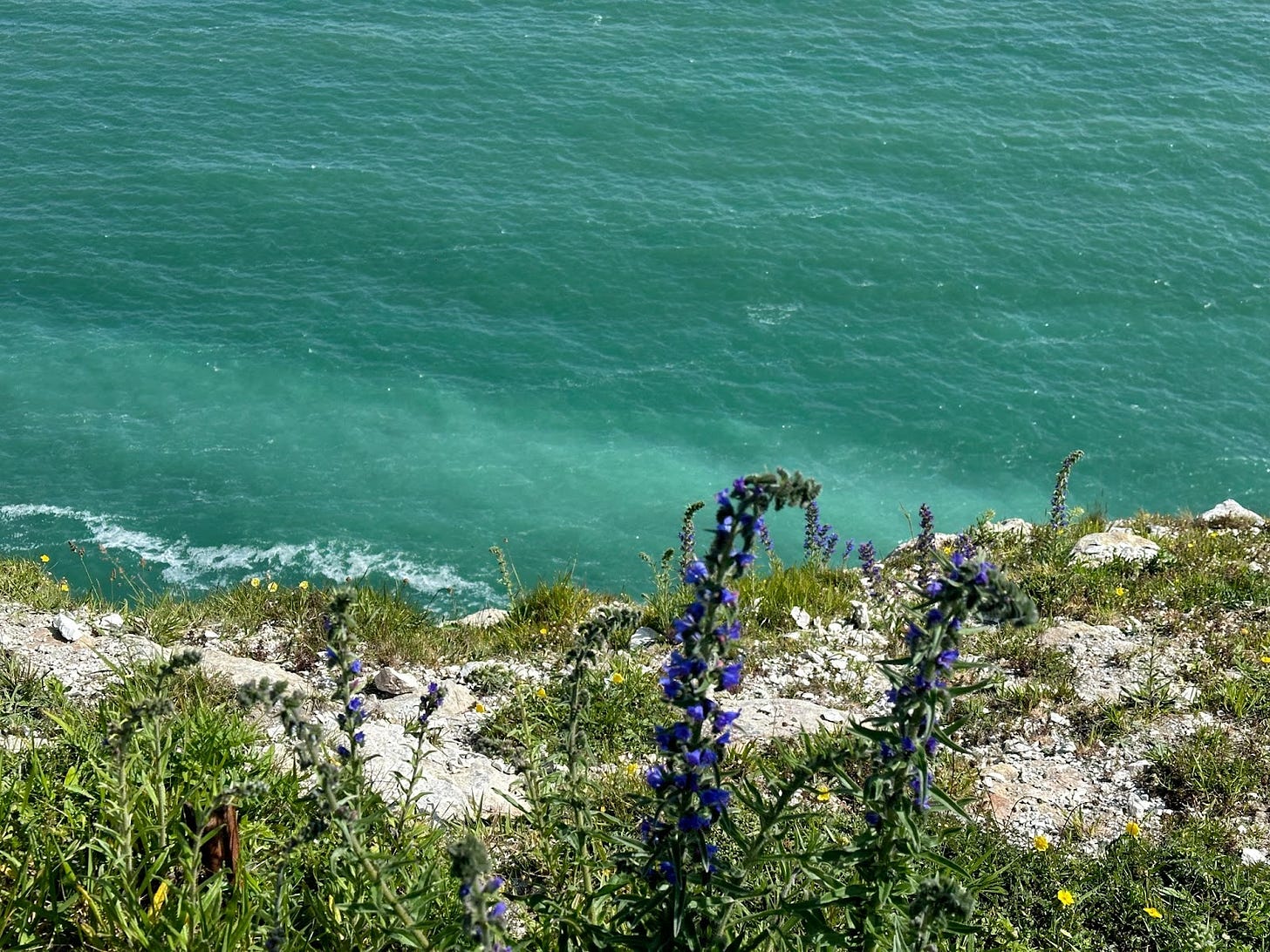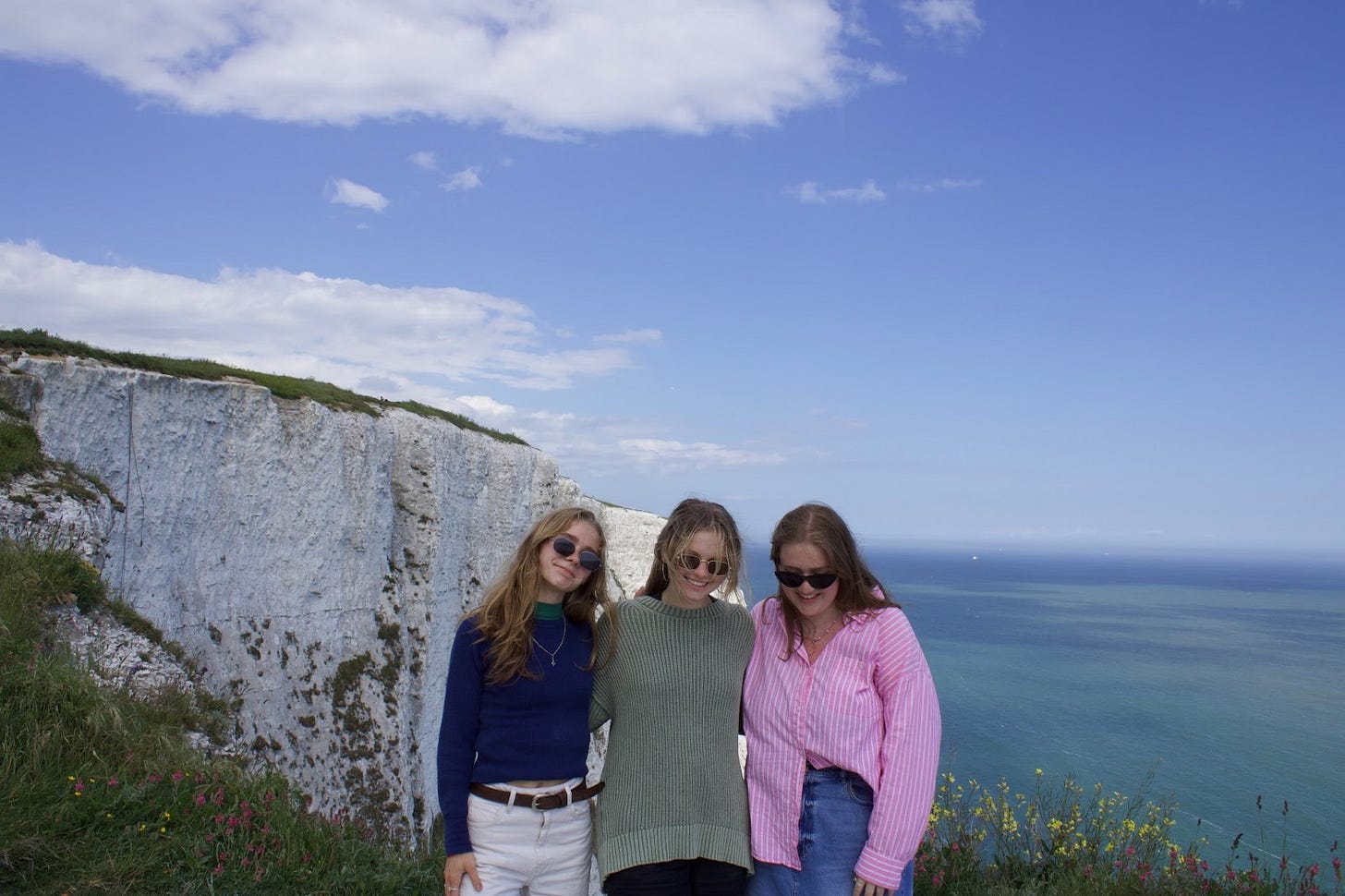A perfect day in Dover
Between May 20 and June 14, eight of my peers and I participated in a summer journalism class at the University of Kent in Canterbury, England. Here, I reflect on our visit to Dover, England.
Editor’s note: This article was initially submitted on June 15, 2024 for NAU in the United Kingdom: Travel Journalism at Northern Arizona University.
For years I have held onto a far-fetched fantasy of retiring to a small coastal town in England or France or somewhere with large, looming cliffs and a rocky shoreline. In my fantasy, I own a small B&B and welcome travelers into my home to keep myself occupied. Sometimes a lighthouse sits nearby to watch over the rocky sea and other times, brightly colored cottages keep me company as I walk along the narrowly lined streets.
I have never been able to fully grasp what it is about this fantasy that calls out to me, especially since I have always boldly admired the busy lifestyle of large cities like Los Angeles and London. Have I tired of the dry desert heat of Arizona? Do I resent the loud hustle-and-bustle of the city?
Well, I may finally have my answer.
On May 29, my classmates and I visited Dover, England – a town that has been on my bucket list since I first learned of the United Kingdom’s incredible geography.
Dover is a small coastal town in southeast England approximately one hour by train from London. It is a major port for passenger and cargo ferry connections to France, which sits only 21 miles away across the Dover strait.
Before we arrived in Dover, I was absolutely ecstatic to see the famous white chalk cliffs that mark Britain’s closest continental point to mainland Europe. However, I soon learned that the town also has an extensive history of military and royal occupation.
We began our day in Dover castle, which has archeological artifacts dating human life in the area back to the Stone and Iron ages. The castle sits upon a massive hill that overlooks both the town and the strait, which would have been a prime location for spotting potential invaders.
The castle itself was officially founded in the 11th century by William the Conqueror and its current appearance was established in the late 1100s by King Henry II who made significant improvements to the castle’s defenses and residential areas.
Because of Dover's location as the “Key to Britain,” the castle has been prone to invasion by foreign armies from the time of Roman occupation in 43 AD. Its buildings, tunnels and defenses have been continuously adapted since its foundation to meet the needs of changing warfare and it remained essential to defending England until after World War II.
When the war began, pre-existing tunnels under the castle were converted into an air-raid shelter, military command center and underground hospital. These tunnels were vital to conducting the evacuation of British and French soldiers from the nearby beaches of Dunkirk, France in 1940.
We spent our time touring the underground bunkers and exploring the medieval castle, which were absolutely breathtaking. I was left speechless at the extensive amount of human history contained in such a small piece of land – something I mentioned to my classmates more than once.
Think, Dover castle alone served England for nearly 2000 years and the hill on which it sits has endured human activity for over 12,000.
I tried to imagine what life was like for those who called Dover home in the past. Why did the nomads who crossed the land bridge under the channel choose this coast as their home? Did the Romans prefer the cold intensity of the cliffs to the sunny blues of Italy? Did medieval guests marvel at the castle walls like I do now? What emotions did military commanders feel when 328,000 men were rescued from Dunkirk?
My feelings only intensified when we reached the Cliffs of Dover.
Much like the Cliffs of Moher in Ireland, the white cliffs are 70 million years old and extend over 350 feet above sea level. No photograph could fully capture just how grand the cliffs appeared against the bright blue waters of the channel.
My classmates and I spent over three hours wandering along the cliff’s edge, taking photos and admiring the sheer beauty of what stood before us. Although the coastal path extends for over eight miles, we walked two.
As we walked, I was struck by how happy I was to be there with my peers, who were as amazed by the cliffs as I was. Instead of rushing through to the end to make it home on time, we opted to stay until dusk to fully enjoy our time on the trail.
One of my classmates used an app on her phone to identify the bird sounds we heard along the way. Others sat along the edge of the cliff to stare out at the sea. When we reached the South Foreland Lighthouse, we flew kites in the wind and had tea inside the lighthouse where we could see Calais, France on the other side of the channel.
None of us wanted to say goodbye to the white chalk coast.
Dover showed me what it is about my fantasy that I crave so much, a question that was left unanswered until now.
The sheer magnitude of the cliffs and the history contained within them were greater than any site I have ever seen. Standing on the coast and staring out at the sea, I could feel thousands of years of human experience crashing down around me.
Frankly, I felt overwhelmed. I could sense that my classmates felt the same, and it fulfilled my intense desire to share my experiences with others and to have their experiences shared with me in a way that feels equally impactful.
It is a difficult moment to explain to someone who was not there with us, but I know that they understand exactly what happened to us on those cliffs. It is something I know we will all remember for the rest of our lives.

